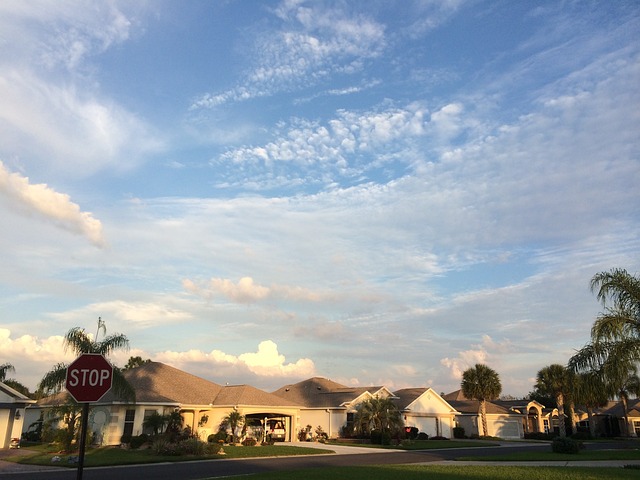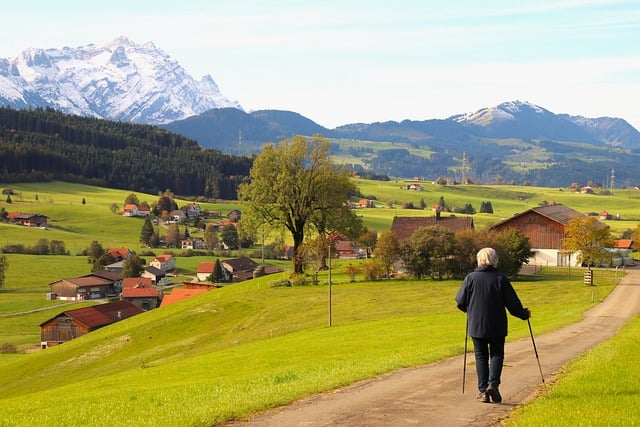Lifestyle villages cater to active, independent adults seeking amenities and social activities, while retirement villages offer care and support for seniors in their later years.
TL;DR Lifestyle villages Vs. Retirement villages
Lifestyle villages are geared towards active adults who want to enjoy a vibrant social life and amenities without the responsibilities of homeownership.
Retirement villages provide a range of services and care options for older adults who require assistance with daily activities or desire a more secure living environment.
What is a Lifestyle Village?

A lifestyle village, also known as a residential resort or over-50s community, is a vibrant and modern living option designed specifically for active adults who are looking to embrace an independent and fulfilling lifestyle. These communities offer a range of housing options such as villas, townhouses, or apartments that cater to different needs and preferences.
One of the key features of lifestyle villages is the emphasis on amenities and recreational facilities. Residents can enjoy access to various leisure activities like swimming pools, fitness centers, golf courses, tennis courts, and social clubs. It’s all about creating an environment where residents can stay physically active and socially engaged with like-minded individuals.
Moreover, these communities often provide services such as maintenance assistance and security to ensure peace of mind for their residents. With regular events and organized outings on offer, there’s always something happening in a lifestyle village – whether it’s joining a cooking class or participating in group excursions.
Additionally, many lifestyle villages are strategically located near shopping centers, medical facilities, restaurants, and entertainment venues for easy access to everyday conveniences. The idea behind this is to foster an enjoyable and hassle-free living experience within close proximity to essential amenities.
Overall, a lifestyle village aims to provide its residents with a sense of community while offering them opportunities for personal growth through various activities tailored towards their interests.
What is a Retirement Village?

Retirement villages have become a popular housing option for seniors looking to enjoy their golden years in a supportive and engaging community. But what exactly is a retirement village?
A retirement village, also known as a senior living community or an active adult community, is a residential complex specifically designed for older adults who are generally 55 years of age or older. These communities offer various types of accommodation options, including independent living units, apartments, and villas.
One key feature of retirement villages is the emphasis on providing amenities and services tailored to the needs and preferences of seniors. Common facilities often include communal areas such as clubhouses, fitness centers, swimming pools, libraries, and gardens. Additionally, many retirement villages offer on-site healthcare services like medical clinics or nursing care facilities.
Another important aspect of retirement villages is the sense of community they foster. These communities provide opportunities for residents to socialize and engage in activities with fellow retirees through organized events like group outings or hobby clubs.
Retirement villages aim to create an environment where seniors can live independently while having access to support services if needed. It’s important to note that each retirement village may have its own unique features and offerings based on location and target demographic.
Lifestyle villages Vs. Retirement villages – Key differences
| Aspect | Lifestyle Villages | Retirement Villages |
|---|---|---|
| Target Residents | Generally, active, independent adults or couples who are looking for an active and social lifestyle. | Primarily designed for older adults or seniors who may require assistance, healthcare, or support in their daily lives. |
| Age Restrictions | Often have no or minimal age restrictions, catering to a diverse range of age groups. | Typically have age restrictions, with residents being generally older, often 55 or 60 years and above. |
| Independence | Residents are usually fully independent and do not require assistance with daily activities or healthcare. | Offer varying levels of care, from independent living to assisted living and even nursing care, depending on residents' needs. |
| Amenities and Activities | Focus on providing recreational and social amenities, such as gyms, pools, clubs, and organized events. | Offer a range of services, including medical facilities, assistance with daily tasks, and sometimes memory care services. |
| Ownership and Housing | Residents often own their homes, which can be houses, apartments, or other units, and may have more customization options. | Residents may rent or lease their accommodations, which are often standardized and designed for senior-friendly living. |
| Services and Healthcare | Limited to recreational services; healthcare is not typically provided. | May provide healthcare services, home maintenance, meal services, and assistance with daily living tasks. |
| Social and Community Focus | Emphasize an active social lifestyle with clubs, events, and social gatherings. | Foster a sense of community with a focus on support, healthcare, and wellbeing. |
| Cost Structure | Residents typically pay for amenities and services separately, potentially leading to lower ongoing costs. | Often have an all-inclusive fee structure that covers housing, services, and healthcare, resulting in higher monthly expenses. |
| Long-Term Care | Generally, lifestyle villages do not provide long-term care or nursing services on-site. | Offer various levels of long-term care, including assisted living, memory care, and nursing care. |
| Resident Commitment | Residents can come and go as they please, and there is no obligation to stay long-term. | Often require a more extended commitment, and residents may stay in the village for the rest of their lives. |
Image Credits
Featured Image By – 🌸♡💙♡🌸 Julita 🌸♡💙♡🌸 from Pixabay
Image 1 By – Allison Peterson from Pixabay









